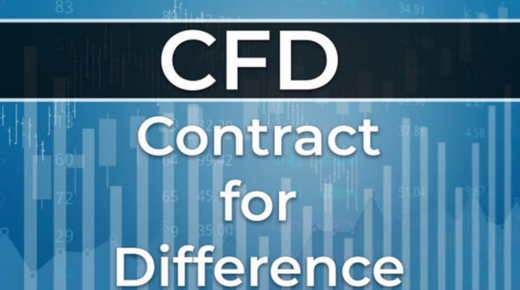Leverage is a double-edged sword in the world of Forex CFD trading. It can be a powerful tool to amplify your gains, but it can also lead to significant losses if not managed properly. Let’s dive into the role of leverage in forex CFD trading, exploring how it can boost gains and increase risks, and how traders can navigate this delicate balance effectively.
Understanding Leverage
First things first, what is leverage? In the context of Forex CFD trading, leverage is essentially borrowed money that traders use to increase their market exposure. This borrowed capital allows traders to control a larger position than they could with their own funds alone. Imagine you have $1,000 and you’re trading with a leverage of 10:1. This means you can control a position worth $10,000. The potential for profit is magnified, but so is the potential for loss.
Boosting Gains with Leverage
The allure of leverage lies in its ability to amplify gains. By using leverage, traders can participate in larger trades than they could with their own capital. This can lead to significant profits if the market moves in their favor. For instance, if you’re trading with a leverage of 10:1 and you make a 5% gain on your trade, your actual profit is 50% of your initial investment. That’s a substantial return!
However, it’s crucial to remember that leverage works both ways. While it can boost your gains, it can also amplify your losses. This is where risk management comes into play. Traders must be aware of the potential downside and take steps to mitigate it.
Increasing Risks with Leverage
The flip side of the leverage coin is the increased risk it brings. When you’re trading with borrowed money, a small market movement against your position can lead to significant losses. This is particularly true in volatile markets where prices can move rapidly. If you’re not careful, you could find yourself facing a margin call, where you’re required to deposit more funds to maintain your position.
To manage these risks, traders often use stop-loss orders. These orders automatically close a position if it reaches a certain loss level, limiting the potential damage. Additionally, traders should only use leverage that they’re comfortable with and can afford to lose. It’s also wise to diversify your trades to spread the risk.
Strategies for Effective Leverage Use
When it comes to using leverage effectively, there are several strategies that traders can employ. One common approach is to start with a lower leverage ratio and gradually increase it as you become more comfortable with the market and your trading strategy. This allows you to gain experience without taking on too much risk initially.
Another strategy is to use leverage selectively, only applying it to trades with a high probability of success. This requires a solid understanding of market analysis and the ability to identify high-potential trades. By focusing on quality over quantity, you can maximize your gains while minimizing your risks.
The Role of Risk Management
Risk management is a critical component of Forex CFD trading, especially when using leverage. It’s not just about setting stop-loss orders; it’s about developing a comprehensive risk management plan that includes position sizing, diversification, and ongoing market analysis. By staying informed and adjusting your strategy as needed, you can better navigate the ups and downs of the market.
Conclusion
In conclusion, leverage in Forex CFD trading is a powerful tool that can significantly boost your gains, but it also comes with increased risks. By understanding how leverage works, being aware of the potential risks, and employing effective risk management strategies, you can make the most of this tool while minimizing the potential downside. Remember, the key to successful trading is balance – balancing the potential for profit with the need to manage risk effectively.
The Role of Leverage in Forex CFD Trading – Boosting Gains or Increasing Risks?

forex CFD trading









Leave a Reply
You must be logged in to post a comment.